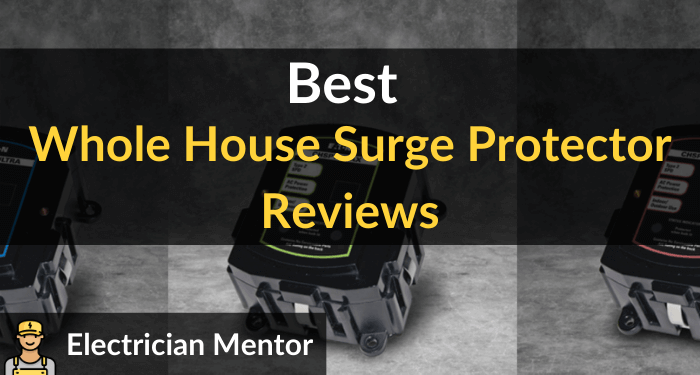square_wave
Well-Known Member
I live in an apartment and during the heavy rain season, surges can happen. I protect the audio gear via an eaton ups. But there are still many devices on the mains that are unprotected. I have been looking at full house surge protection devices from companies like Siemens, Eaton etc.
The kind of devices being talked about in this link :

 www.electricianmentor.com
www.electricianmentor.com
Does anyone have experience with these ? Some of these devices like the Schneider Electric’s Square D even offer connected equipment warranty.
The kind of devices being talked about in this link :

Best Whole House Surge Protector: Top 5 of 2024 Reviewed | Electrician Mentor
We review & compare the BEST Whole House Surge Protectors, reviewing the pros and cons of each Whole House Surge Protector. We look at Type 1
 www.electricianmentor.com
www.electricianmentor.com
Does anyone have experience with these ? Some of these devices like the Schneider Electric’s Square D even offer connected equipment warranty.

